How Do Braces Work?
How do braces make teeth straight? They actually just copy the process that the rest of bones naturally undergo. Part of the "Science Out Loud" series.
Media Details
Runtime: 4 minutes 8 seconds
- Topic: Health and Safety, Science
- Subtopic: Biology, Health Care
- Grade/Interest Level: 9 - 12
- Standards:
- Release Year: 2015
- Producer/Distributor: Mitk12 Videos
- Series: Science Out Loud
- Report a Problem
Related Media
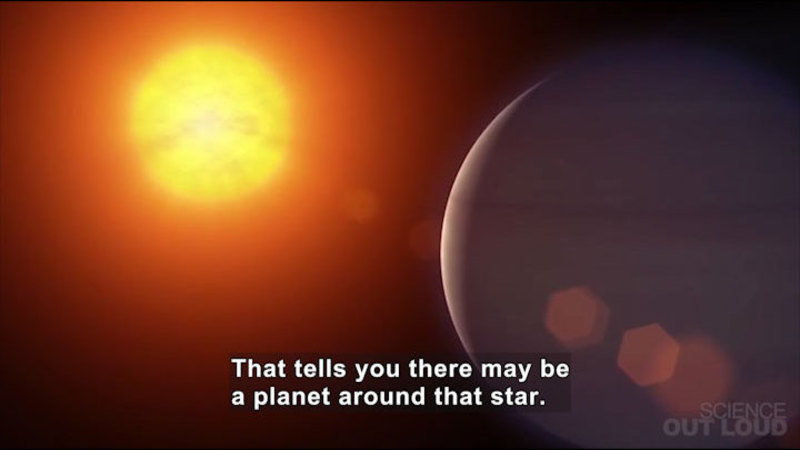
Science Out Loud
Episode 1
3 minutes 33 seconds
Grade Level: 9 - 12
Science Out Loud
Episode 1
3 minutes 33 seconds
Grade Level: 9 - 12
Exoplanets: Planets Outside Our Solar System

Science Out Loud
Episode 2
5 minutes 7 seconds
Grade Level: 10 - 12
Science Out Loud
Episode 2
5 minutes 7 seconds
Grade Level: 10 - 12
Humanoid Robot Brains
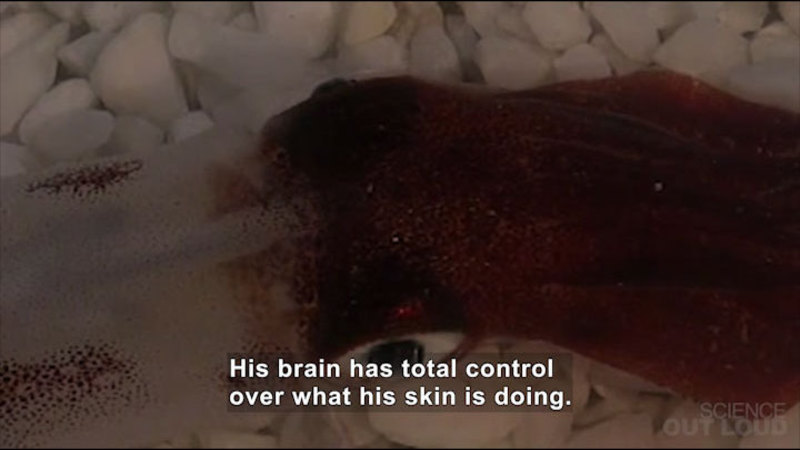
Science Out Loud
Episode 3
4 minutes 32 seconds
Grade Level: 10 - 12
Science Out Loud
Episode 3
4 minutes 32 seconds
Grade Level: 10 - 12
Squid Skin With a Mind of Its Own
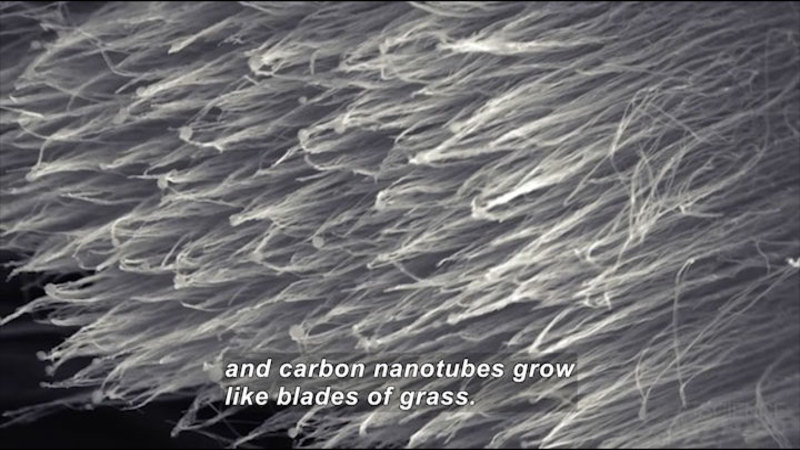
Science Out Loud
Episode 4
3 minutes 21 seconds
Grade Level: 10 - 12
Science Out Loud
Episode 4
3 minutes 21 seconds
Grade Level: 10 - 12
Growing Nanotube Forests
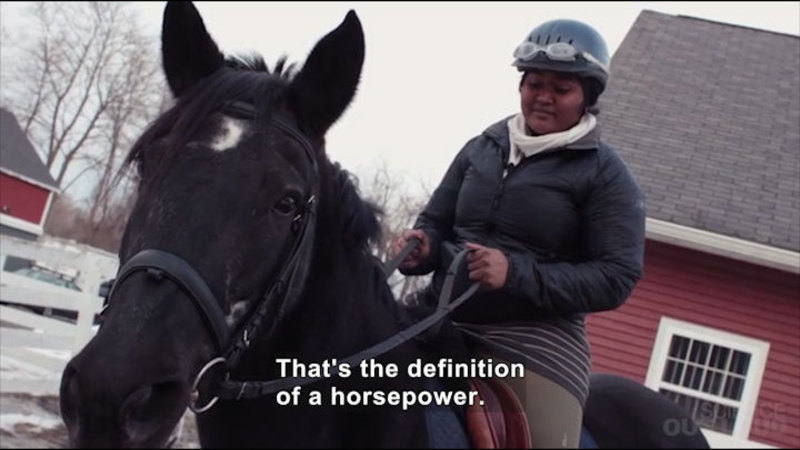
Science Out Loud
Episode 5
3 minutes 32 seconds
Grade Level: 8 - 12
Science Out Loud
Episode 5
3 minutes 32 seconds
Grade Level: 8 - 12
Engineering Engines: What Do Horses, Cars, and Planes Have in Common?
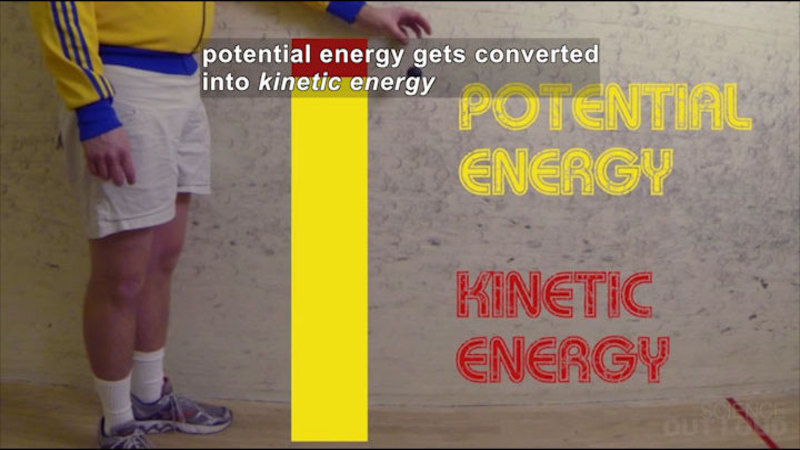
Science Out Loud
Episode 6
5 minutes 5 seconds
Grade Level: 9 - 12
Science Out Loud
Episode 6
5 minutes 5 seconds
Grade Level: 9 - 12
The Science of Bouncing
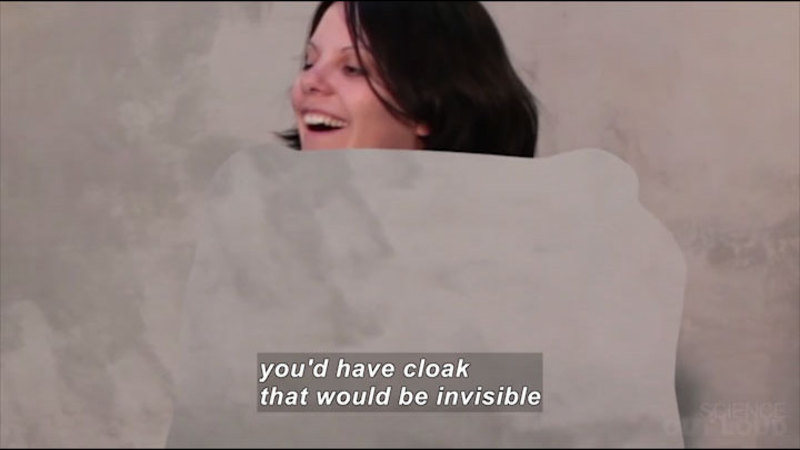
Science Out Loud
Episode 7
5 minutes 35 seconds
Grade Level: 10 - 12
Science Out Loud
Episode 7
5 minutes 35 seconds
Grade Level: 10 - 12
The Physics of Invisibility Cloaks
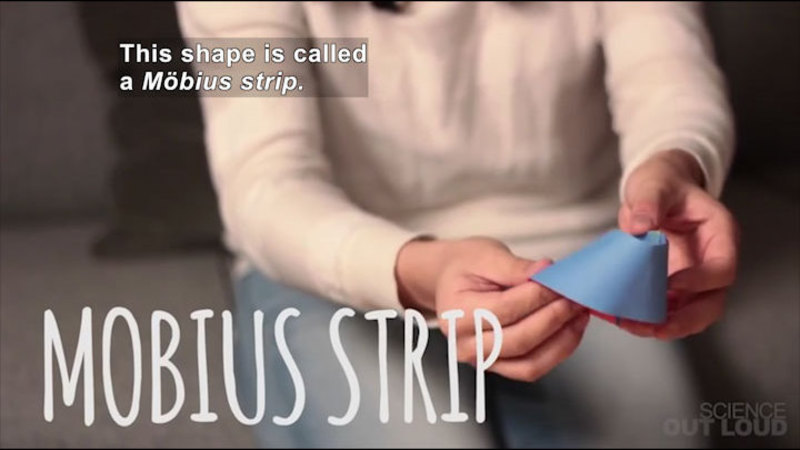
Science Out Loud
Episode 8
4 minutes 47 seconds
Grade Level: 10 - 12
Science Out Loud
Episode 8
4 minutes 47 seconds
Grade Level: 10 - 12
Trippy Shapes
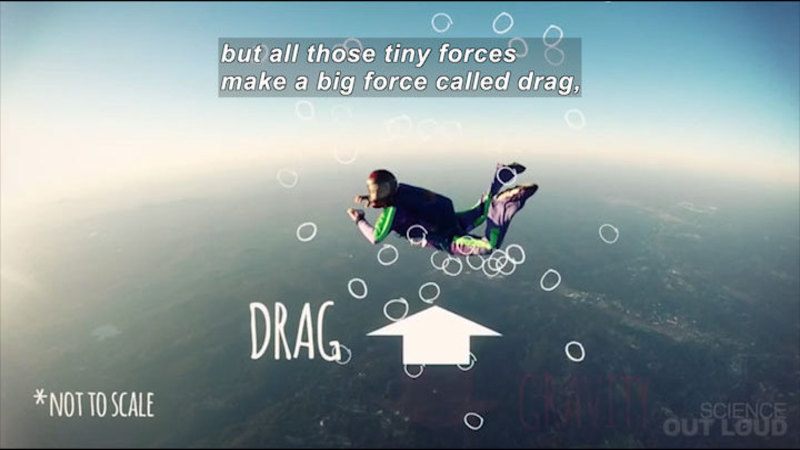
Science Out Loud
Episode 8
3 minutes 46 seconds
Grade Level: 8 - 12
Science Out Loud
Episode 8
3 minutes 46 seconds
Grade Level: 8 - 12
The Physics of Skydiving
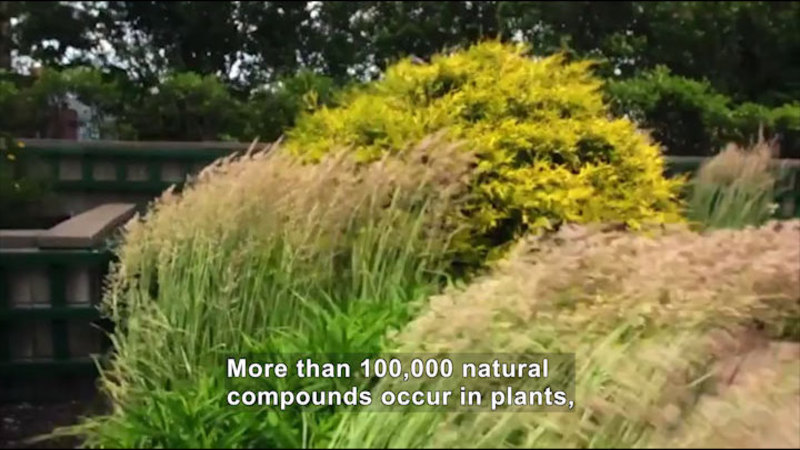
Science Out Loud
Episode 10
3 minutes 54 seconds
Grade Level: 10 - 12
Science Out Loud
Episode 10
3 minutes 54 seconds
Grade Level: 10 - 12
Solving Biology's Mysteries With Plants
